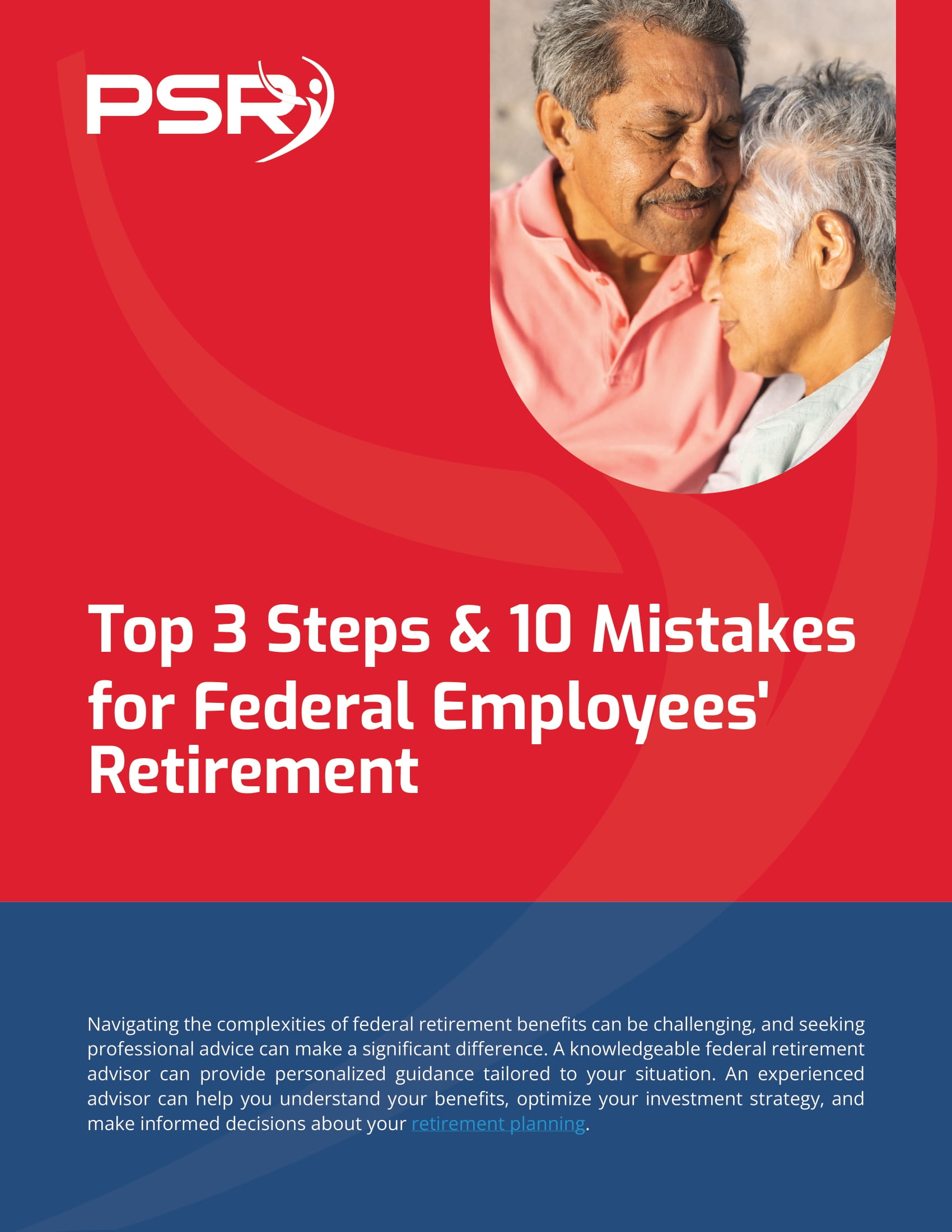 The Department of Veterans Affairs has been a headliner in the news for a few months now. It appears from all reports that the second largest civilian agency in the Federal Government is not getting a good report card when it comes to taking care of Vets. The Department of Veteran Affairs has a most noble mission to care for those who defend the nation. Abraham Lincoln said it best – “…to care for him who shall have borne the battle and for his widow, and his orphan….” What more can be asked of a human being than to lay down his life for his country.
The Department of Veterans Affairs has been a headliner in the news for a few months now. It appears from all reports that the second largest civilian agency in the Federal Government is not getting a good report card when it comes to taking care of Vets. The Department of Veteran Affairs has a most noble mission to care for those who defend the nation. Abraham Lincoln said it best – “…to care for him who shall have borne the battle and for his widow, and his orphan….” What more can be asked of a human being than to lay down his life for his country.
- Also Read: Federal Retirement Advice You Didn’t Know You Needed—Until Now
- Also Read: The Latest Federal Employee News You Need to Know to Protect Your Retirement
- Also Read: Ready for Retirement? Here’s How Law Enforcement Officers Can Leave the Job with Benefits Intact
At the end of the Civil War a number of State run veteran homes began to crop up. Veteran homes provided treatment for all injuries and diseases whether service related or not. When the United States entered World War I in 1917, the Congress established a new system of veteran benefits which included Veteran insurance programs for service persons and veterans, vocational rehabilitation for the disabled and disability compensation. The Veterans Bureau, the National home for Disabled Volunteer Soldiers and the Bureau of Pensions of the Interior Department administered the various benefits to veterans during 1920; making three different federal agencies responsible for providing benefits to veterans.
It was not until the 1930s that Congress authorized the President to established the Veterans Administration which consolidated all government programs impacting services to veterans. The three separate agencies became bureaus within the Veterans Administration. Brigadier General Frank T. Hines was named the first administrator of Veteran Affairs. He remained in that post until 1945 just at the close of World War II. The VA grew from 54 hospitals in 1930 to 152 hospitals, 800 community-based clinics, 126 nursing home care units and 35 domiciliaries.
World War II dramatically increased the number of veterans, including those with disabilities. The increase in the needs of veterans also broadened the number of benefits available to them. The GI Bill signed into law in 1944 provided veterans with and opportunity to receive an education they had only imagined. Getting an education, receiving a college degree enabled veterans to create a better life for their families because of greater opportunities in the job market.
Although the Department of Veteran Affairs has little or no resemblance to the Pilgrim’s idea of taking care of disabled veterans in 1636, the mission remains the same. This noble mission is a work in progress since veterans from around the country are saying to the nation – “you are not doing enough to take care of us.” President Obama appointed Secretary Eric K. Shinseki in 2008 to transform the second largest civilian agency in the federal government into a high-performing, strategic entity poised to take better care of our Vets. It is the consensus of many Vets and their families that it didn’t happen.
President Obama, like his predecessors, has appointed persons of high-caliber to the post of Secretary of Veterans Affairs. Prior to 1989, the VA Secretary was not a cabinet-level position. President George H. W. Bush appointed two Secretaries to the post from 1989 to 1993. President Bill Clinton appointed four Secretaries from 1993 to 2001, followed by President George W. Bush’s appointment of four Secretaries from 2001 to 2009. President Barack Obama has appointed two Secretaries from 2009 to present, to include acting Secretary Sloan Gibson who replaced Secretary Shinseki.
There is news that President Obama is considering Dr. Delos “Tony” Cosgrove as the next Secretary of the Department of Veterans Affairs. Dr. Cosgrove is a Vet and a heart surgeon of renown. He is also the CEO of the famed Cleveland Clinic and is reported to have made a number of notable achievements. He has something in common with the past twelve Secretaries. He is, of course male, a Vet and imminently qualified for the job, bringing a high-degree of management success from the acclaimed Cleveland Clinic. Although the Cleveland Clinic is as distinctly different from the Department of Veterans Affairs as night is to day, the connecting dynamic is that people come to each institution seeking quality medical care. They also come to the VA seeking benefits from disability to laying the Vet at his/her final resting place. No other organization is going to have the same complex mission as the VA, it is unique. It was formed to provide for Vets and their families.
Each President has had the best interest of Vets and their families at heart when they appointed fine men to head up the Department of Veteran Affairs, but the veterans are still in need of so much. Every Secretary who has held the post had one thing in common – they were Veterans and male. One does not have to be a Vet to understand the needs of veterans and their families. Hospitals many years ago decided to move away from hiring physicians as CEOs of hospitals. Instead they began recruiting MBAs with the knowledge of operating businesses to lead hospital operations. Many physicians realizing they needed something else in order to be more effective business leaders, combined their MD degrees with MBAs and MPAs.
Being a good and forward thinking strategists sometimes demands changing course. At least twelve men who were Vets have been Secretaries of the VA. Why not a woman who has the knowledge, skills and compassion to understand what Vets and their families need and make sure they get it? These Vets in many cases have made the ultimate sacrifice to their country, and we are obligated to give them what they need. The woman does not have to be a Vet, but if she is give her an opportunity to serve her country, just like the twelve men who served their country and then became Secretary of the Department of Veteran Affairs, serving their country once more.
Vets serve in the military and many transition to the Federal Government looking for opportunities to better support their families. One day they, like the rest of the federal workforce, will retire. But long before that, it might be time to change course and get about the business of doing what President Lincoln promised – “to care for him who shall have borne the battle and for his widow, and his orphan…”
P.S. Always Remember to Share What You Know.
Veteran Related Articles
Veteran Employment Initiative and Federal Employment
Is There an Asset Ceiling for the VA Benefit? by Tom Rutter
As A Veteran – What Wartime Benefits Do You Qualify For?
To learn more about Military Time Buyback read this











